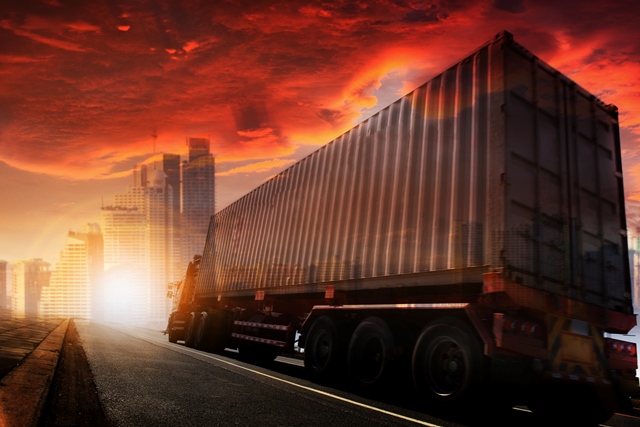
It wasn’t that long ago that consumer packaged goods and retail hummed along— Consumer Packaged Goods (CPG) companies making goods, and retail selling them, at predictable volumes, velocities and prices. That ship has sailed—the new supply chain imperatives in CPG and retail pivot around algorithmic planning and predictive analytics, to match wits with the scattershot of omnichannel demand. Here are 18 things to look for in 2018:
- Something’s crawling through your chain. This isn’t an infestation, but AI software from firms like Aera Technology that “crawls” the supply chain to pinpoint and analyze issues like demand surges and stock mismatches—based on external data sources and enterprise software—and take adaptive measures.
- More women. Women will be increasingly recruited for supply-chain jobs. More women are graduating with STEM degrees and interest, and organizations like AWESOME (Achieving Women’s Excellence in Supply Chain) are advancing their role.
- Talent shortage. This hastens the transition to the algorithmic business, where often 1-2 planners can oversee self-directed supply chain planning and optimization, adding their domain expertise and tuning the algorithms.
- Blockchain unchained. The technology has been pilot-proven—like Walmart tracking food—and will deepen its penetration into supply chains that need constant updates and origin/transit authentication.
- Intensified collaboration with humanitarian organizations. The focus will be on supply-chain disaster relief via algorithmically driven distribution—like the work done by Quintiq,on relief goods path optimization and real-time visibility for the UN World Food Programme.
- Zero inventory—a strategy for zeroes. Slashing inventory to the bone has been a mantra for years. Using algorithmic planning and predictive analytics to intelligently stage inventory—to capitalize on opportunities and not lose sales—makes more inroads against conserving working capital at any cost.
- Amazon unrepentant. The juggernaut continues to upend CPG and retail, forcing firms to deploy algorithmic software, machine learning and predictive analytics to assess when to produce and how to fulfill, to keep pace with Amazon’s delivery service differentiator while still preserving the margin profile.
- Probably is more than good enough—it’s better. Face it, with today’s demand uncertainty, you can’t foresee sales—not in aggregate, and certainly not by individual item and location. More companies stop trying to calculate this exact (and incorrect) figure and embrace probabilistic forecasting, whose output is a range of values, each assigned the probability they will occur—how demand works in the real world.
- Chief Supply Chain Officers get their props. CPG and retail, further acknowledging supply chain as a key differentiator in business success, move the CSCO seat closer to the head of the executive table.
- Pop-up supply chains. CPG firms and retailers further “virtualize” supply chains, modeling fluid, iterative responses to shifting demand flows via adaptive shaping of order options, sourcing and fulfillment.
- Do something about these returns! High return rates for online items drive CPG and retail to apply algorithms for managing and remarketing this reverse supply chain inventory more profitably.
- You’re special. CPG and retail increasing segment customers by clusters of characteristics—reflected in supply-chain differentiation around service levels, margins and other variables.
- The tail keeps growing. CPG and retail intensify their inventory focus on profitably servicing the long tail—low-volume items with unpredictable demand. The long tail is growing amid the “endless aisle” of online commerce, and like faster-moving items still requires rapid yet margin-sensitive delivery times.
- In-store fulfillment loses its sheen. Retailers reconsider the in-vogue strategy of in-store fulfillment of online orders, as they tally the cost of repurposing floor staff from selling—with the hit to revenue and service—vs. shipping from distribution centers or offering pickup at dedicated off-site lockers.
- DSRs come of age. Demand signal repositories collect, store and harmonize demand data streaming from point-of-sale, distribution centers and other external sources. CPG and retail use them to prep this big data for demand-reactive planning of individual item and location.
- It starts out there. CPG and retail aggressively adopt an “outside-in” approach, where real-time demand flows override static sales and operations plans to drive an adaptive supply chain.
- Growth v. Margin. There will be a macro focus on growth over margin to compete with Amazon—before it gobbles up all the remaining avenues of business—and a simultaneous, micro focus on margin, via algorithmic decisions made on variables like pricing, sourcing, and delivery.
- New dialect. Reflecting the growing role of supply chain in business success, its lingo becomes a mash-up of production and logistics speak and the margin, working capital and cash-flow language of finance.

